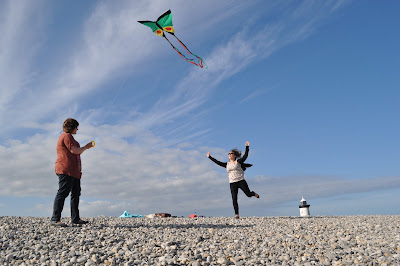Uy, I'm exhausted. I have done little here in Manila but live in my little privileged bubble and listen to people talk about the various scandals and "accidents" taking place in the Philippines. Like the bus that crashed through the barriers on the Skyway (one of Manila's major roads) on the 16th of December, flipping over on its back as it crashed on the road below. I believe most of the passengers died, the bus driver was decapitated. Or the shooting in Ninoy Aquino Airport (the one in Manila) which killed Mayor Talumpa and his family. It is debated whether the shooting took place inside or outside the terminal. There are varying degrees of disagreement on this point, but still, there's definitely an issue of airport security being brought into question.
Then there's the rampant corruption (but it's all very hush hush) particularly around the foreign relief money and goods being sent over to the victims of the typhoon in Tacloban. Sure there is some awareness that corruption is a definite threat and barrier - you can read more about it in the Philippine Star - but really, it's not just about making sure the money and relief goods get to those most affected, but also about making sure those in power locally do everything they can to facilitate this. Unfortunately, from what I understand, most residents of Tacloban are in direct opposition (and always have been) to the political party of the current president, and those in power aren't too willing to lend a helping hand because of this. Sure, there are many campaigns being publicized all over Manila, on the radio and TV, urging people make donations for those in Tacloban, but there is very little logistical support being offered.What is the point of sending lots of aid (man power and material) if the local government isn't prepared to put it to good use?
Imagine you are a volunteer heading off to provide some much needed help. You arrive at Tacloban airport ready to get to work delivering food, water and blankets to those who need it most, ready to build appropriate sustainable housing, only to find that nothing has cleared customs. After about a month, the materials finally clear customs, and you realize no logistical support is offered for storage, transportation, security, sanitation etc because the papers haven't been signed. What papers? This is the first you hear about this. You ask the organization you are working with to help, but there is only so much they can do. Beaurocracy is beaurocracy and it is not within your policy to offer bribes. So you sit on your ass and do nothing but wait. You wait as more relief piles in, more materials and money appear, and somehow as you wait, the large pile of goods becomes starts getting smaller. By the time someone somehow manages to get the goods released, and some sort of support and transportation, you go to pick up the stash, and realize it has been reduced to a third of its original size.
This is an imaginary situation. I am not a frustrated volunteer in Tacloban, but the truth is this is probably what is happening there right now.
It's definitely more fun in the Philippines.
Merry Christmas.
Then there's the rampant corruption (but it's all very hush hush) particularly around the foreign relief money and goods being sent over to the victims of the typhoon in Tacloban. Sure there is some awareness that corruption is a definite threat and barrier - you can read more about it in the Philippine Star - but really, it's not just about making sure the money and relief goods get to those most affected, but also about making sure those in power locally do everything they can to facilitate this. Unfortunately, from what I understand, most residents of Tacloban are in direct opposition (and always have been) to the political party of the current president, and those in power aren't too willing to lend a helping hand because of this. Sure, there are many campaigns being publicized all over Manila, on the radio and TV, urging people make donations for those in Tacloban, but there is very little logistical support being offered.What is the point of sending lots of aid (man power and material) if the local government isn't prepared to put it to good use?
Imagine you are a volunteer heading off to provide some much needed help. You arrive at Tacloban airport ready to get to work delivering food, water and blankets to those who need it most, ready to build appropriate sustainable housing, only to find that nothing has cleared customs. After about a month, the materials finally clear customs, and you realize no logistical support is offered for storage, transportation, security, sanitation etc because the papers haven't been signed. What papers? This is the first you hear about this. You ask the organization you are working with to help, but there is only so much they can do. Beaurocracy is beaurocracy and it is not within your policy to offer bribes. So you sit on your ass and do nothing but wait. You wait as more relief piles in, more materials and money appear, and somehow as you wait, the large pile of goods becomes starts getting smaller. By the time someone somehow manages to get the goods released, and some sort of support and transportation, you go to pick up the stash, and realize it has been reduced to a third of its original size.
This is an imaginary situation. I am not a frustrated volunteer in Tacloban, but the truth is this is probably what is happening there right now.
It's definitely more fun in the Philippines.
Merry Christmas.









































